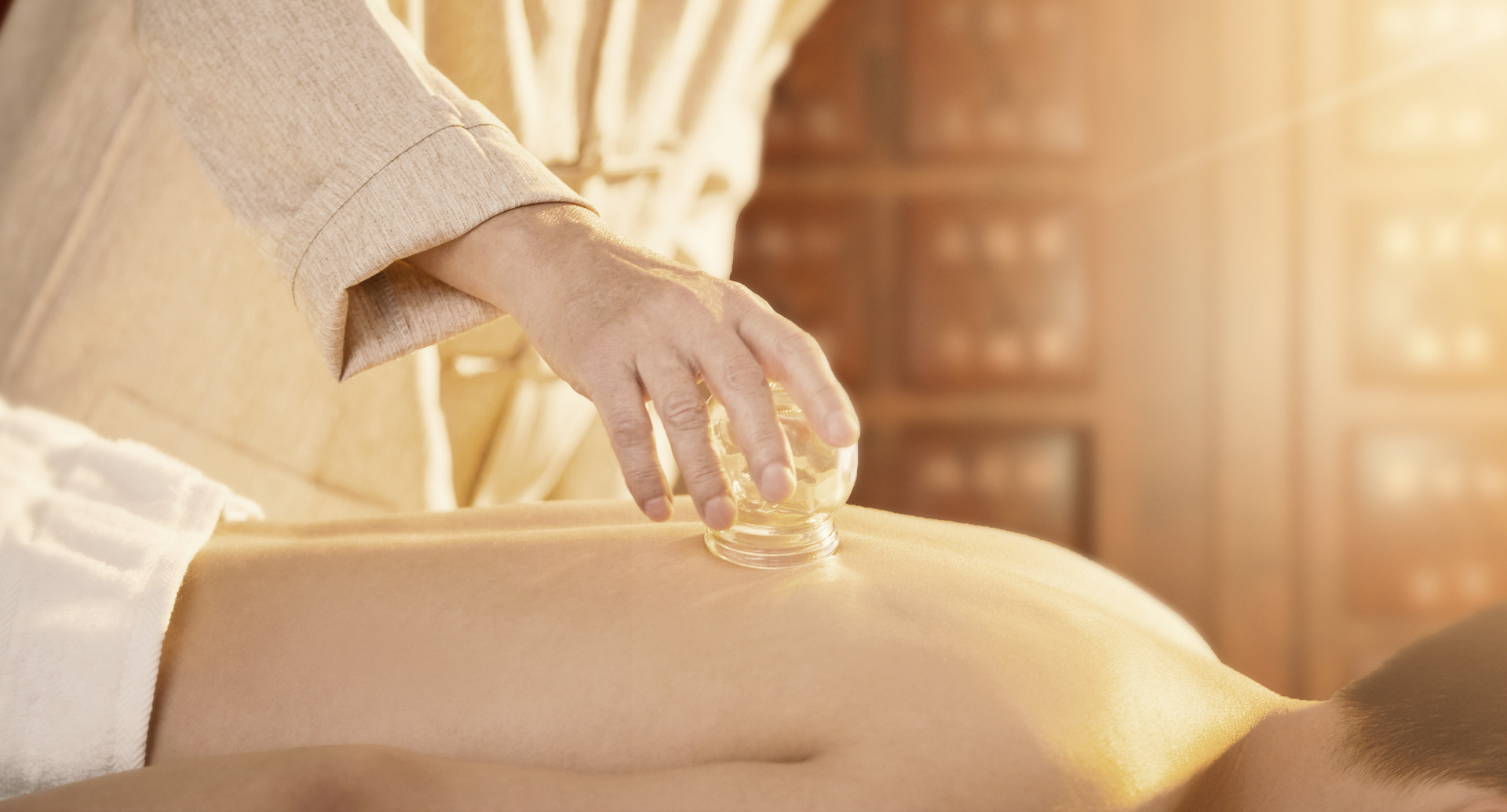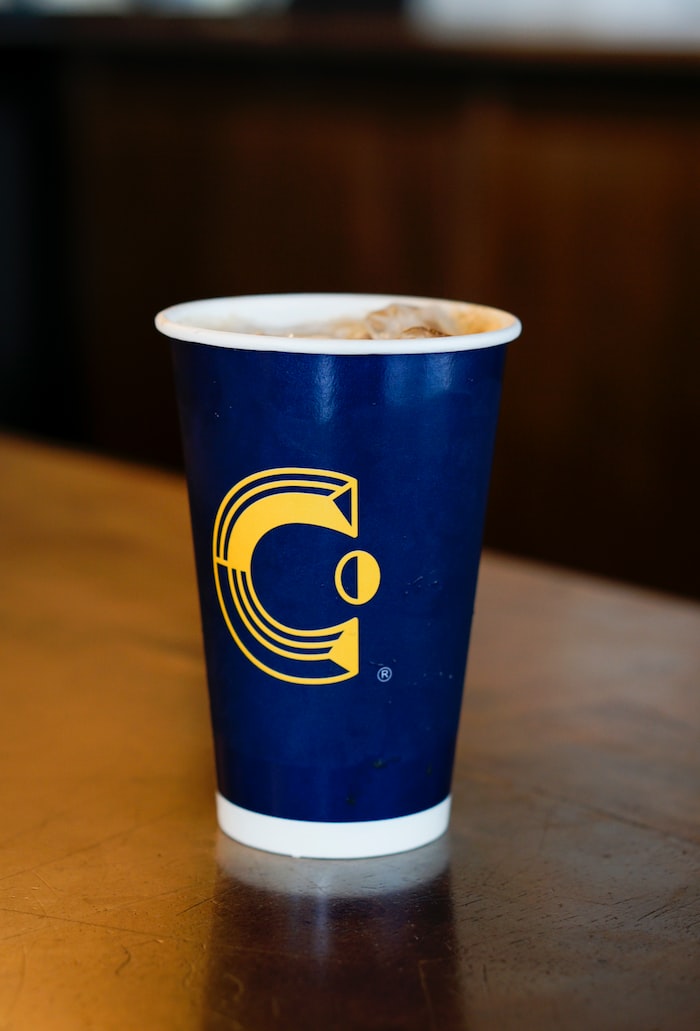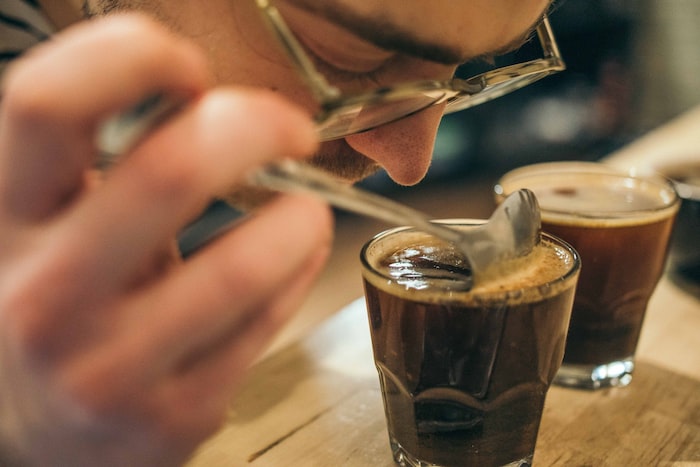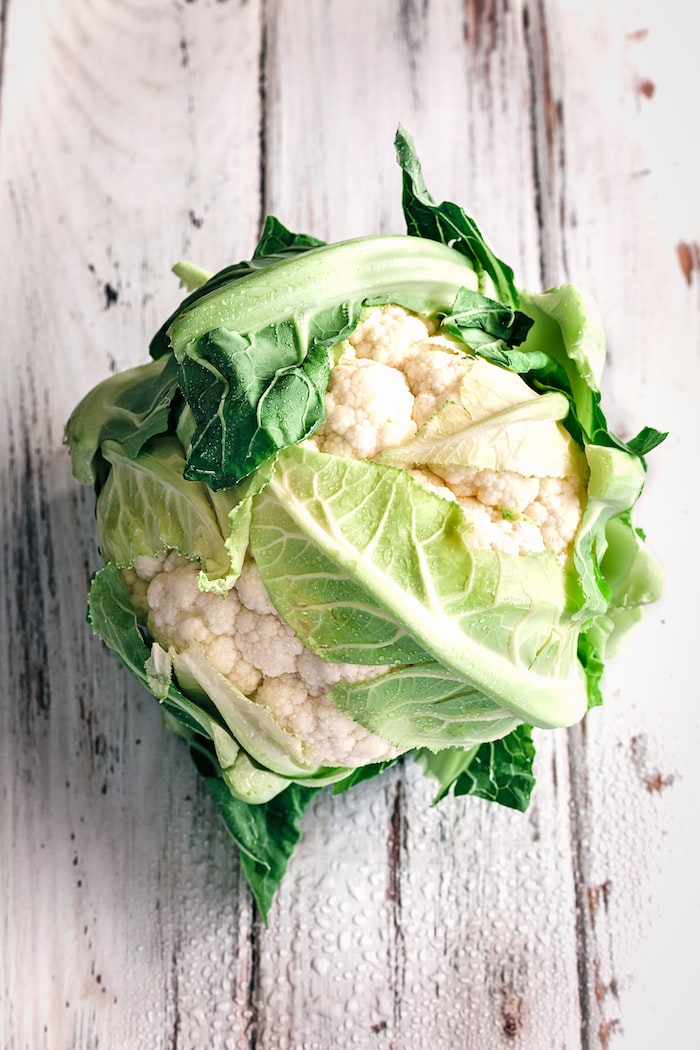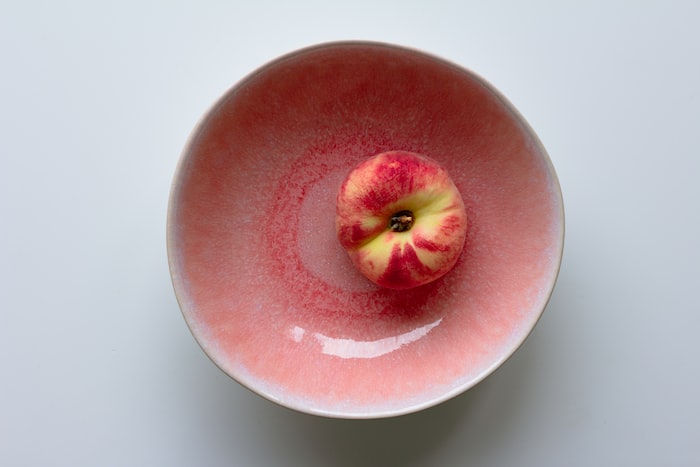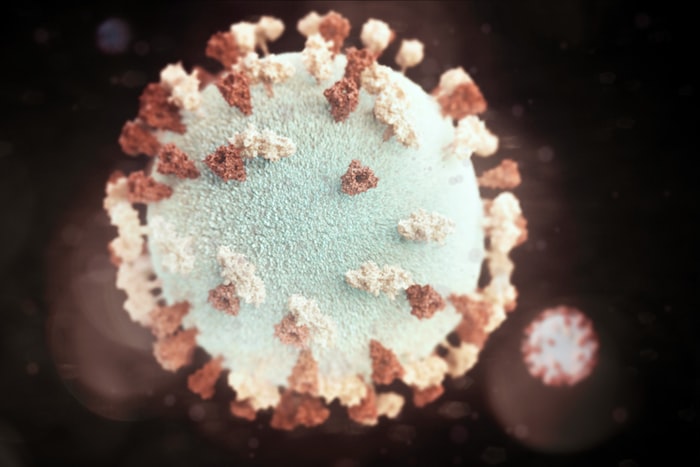In the summer, many people like to do cupping. Recently, I heard that some people's blood drawn from cupping looks like tofu. What's going on? Want to know?
Blood drawn from cupping looks like tofu
It should be the phenomenon of platelet coagulation.
During cupping, the capillaries in the body rupture under pressure, and blood accumulates in the tissue fluid, causing an increase in the viscosity of the tissue fluid. If there is a lot of bleeding, it will form clots similar to tofu. This is a normal phenomenon, and it can occur when cupping is done less or for a longer duration.
Thick blood clots drawn from cupping
This is a normal phenomenon.
During cupping, blood may seep out. The human body has a clotting system, which automatically triggers the clotting system after bleeding to prevent excessive bleeding and potential harm to the body. Platelets are the main component of the clotting system, and they start to coagulate after bleeding, which is a normal response.
Is the blood clots drawn from cupping dampness?
Generally, what is drawn from cupping is tissue fluid mixed with platelets. The so-called dampness is more internal and requires internal adjustment. Cupping is only used to detoxify and clear the meridians in the body, making the body more relaxed. In terms of effectiveness, it can promote the elimination of dampness from the body.
Why does blood water come out from cupping?
This phenomenon is common during cupping.
Cupping is a way to release stagnant qi in the body by drawing blood. During cupping, pressure is applied to the body, which helps to clear the meridians and reduce the amount of stagnant heat in the blood, allowing the body's qi and blood to return to normal circulation.
Precautions after cupping
Do not take a bath after cupping
After cupping, the body's pores are open. Taking a bath at this time may cause the invasion of damp and cold qi into the body, leading to cold or aggravation of damp and cold qi.
Avoid direct exposure to air conditioning after cupping
Many people turn on the air conditioning as soon as they get home. After cupping, it is important to avoid this behavior because the pores are open, and direct exposure to air conditioning may easily cause the invasion of damp and cold qi, leading to excessive coldness.
Avoid getting cold after cupping
After cupping, the local area should not be exposed to cold air or wind. If cupping is done on the neck, it is advisable to wear a high-necked garment and try to avoid excessive air conditioning to ensure good warmth. If exposed to wind, the effect of cupping may be reduced.
Avoid scratching after cupping
Some people may experience itching and redness in the local area after cupping. It is important not to scratch randomly to prevent local infection. The itching sensation will disappear automatically after a few hours or days. Scratching may cause blistering or infection.
Avoid taking cold showers after cupping
It is not advisable to take a bath within two hours after cupping. When taking a bath, use warm water.
It is recommended to take a bath after cupping because the pores are relatively large, and taking a bath immediately would allow water vapor to re-enter the body, leading to the invasion of dampness.
Do not repeat cupping on areas with cupping marks
Some people, after cupping once, find that the pain and cupping marks have not completely disappeared, so they continue cupping in the hope of curing their illnesses through this potent method. However, this is a mistake. If the purple marks from the previous cupping have not completely disappeared, cupping should not be done continuously on the same area. Doing so not only fails to alleviate the pain, but may also cause more problems.


